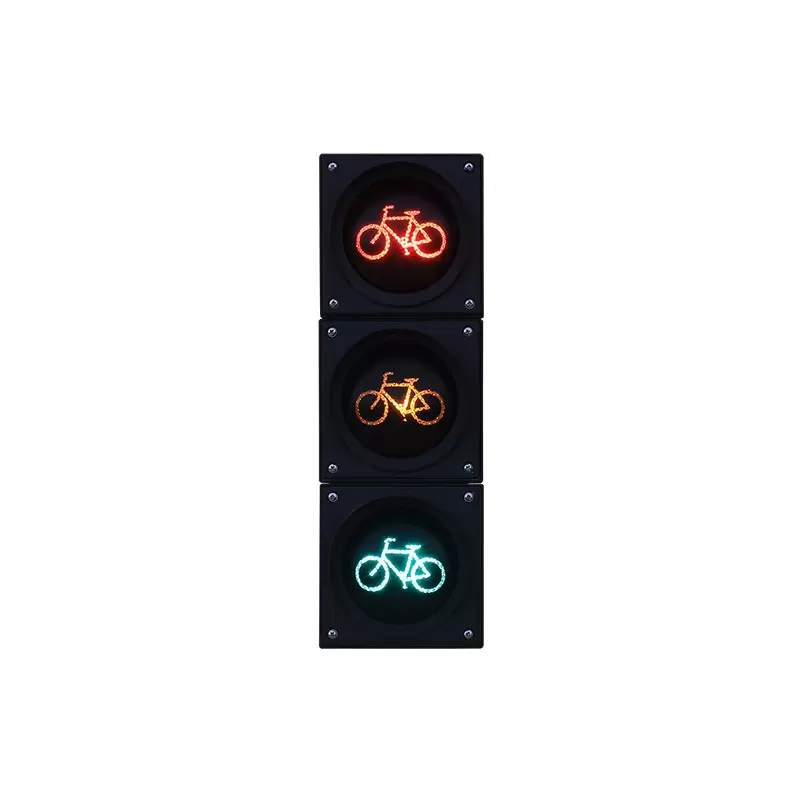Home > News > Industry News > The Ultimate Guide to Installing Bicycle Traffic Lights in Smart City Traffic Control Networks
The Ultimate Guide to Installing Bicycle Traffic Lights in Smart City Traffic Control Networks
As cities continue to embrace smart urban mobility, ensuring cyclist safety and improving traffic flow has become a top priority. Installing bicycle traffic lights as part of a smart city traffic control network is a crucial step toward achieving these goals. FAMA Traffic, a leading provider of intelligent transportation solutions, offers comprehensive systems designed to enhance safety, optimize traffic management, and support modern urban infrastructure.

1. Planning Your Bicycle Traffic Light Installation
Before installation, a clear plan is essential to ensure efficiency and effectiveness:
Assess intersection needs – Identify high-cyclist-traffic intersections and areas prone to accidents.
Integration with existing traffic systems – Ensure compatibility with smart signal control, pedestrian lights, and vehicle traffic signals.
Customized solutions – FAMA Traffic specializes in customized traffic signal scenarios, integrating coil, geomagnetic, RFID, radar, and visual recognition technologies to monitor bicycle and pedestrian flow in real time.
Proper planning ensures that bicycle traffic lights function seamlessly with the broader urban traffic network and maximize safety for cyclists.
2. Three-Layer Optical Processing for Optimal Visibility
FAMA Traffic’s bicycle traffic lights feature three-layer optical processing, including:
Secondary lens
Fresnel lens
Optical mask
This design ensures uniform surface lighting, eliminating glare and reducing light pollution. The result is better visibility for cyclists and compliance with international lighting standards. By mitigating glare from conventional point light sources, these traffic lights create a safer environment for both cyclists and motorists.
3. Three Core Technologies for Reliability and Longevity
To maintain consistent performance and durability, FAMA Traffic integrates three core technologies in its bicycle traffic lights:
External Heat Dissipation Technology – Enhances thermal management to prevent overheating.
Wide-Voltage and High-Surge Protection (AC 90–264V / 4000V) Constant-Current Power Supply – Ensures stable operation under varying electrical conditions.
Large-Sized LED Chips – Provide low light attenuation and high luminous efficiency, maintaining brightness over time.
These features ensure that the lights are reliable, energy-efficient, and long-lasting, reducing maintenance costs for municipalities.
4. Integration with Smart City Traffic Networks
FAMA Traffic’s systems are designed to work as part of intelligent traffic control networks:
Real-time monitoring of cyclist and pedestrian flow at intersections.
Dynamic signal adjustments based on current traffic conditions.
Optional remote management for centralized monitoring and quick response to incidents.
This integration allows cities to improve intersection clearance efficiency, reduce congestion, and enhance safety for all road users.
5. Installation Best Practices
To ensure optimal performance:
Position lights at appropriate heights and angles for cyclist visibility.
Ensure power supply compatibility (FAMA Traffic lights support mains or solar power).
Conduct system testing for light intensity, visibility, and communication with existing traffic infrastructure.
Consider maintenance access points to simplify future repairs or upgrades.
Following these best practices guarantees that bicycle traffic lights provide maximum safety and operational efficiency.
Conclusion
Installing bicycle traffic lights in a smart city traffic control network is essential for improving cyclist safety and optimizing urban mobility. FAMA Traffic’s advanced solutions combine three-layer optical processing, core reliability technologies, and smart city integration to deliver high-performance, long-lasting, and safe traffic lights.
By adopting these systems, cities can create smarter intersections, reduce cycling accidents, and enhance the overall efficiency of urban traffic networks, supporting the vision of safer and smarter travel for all
